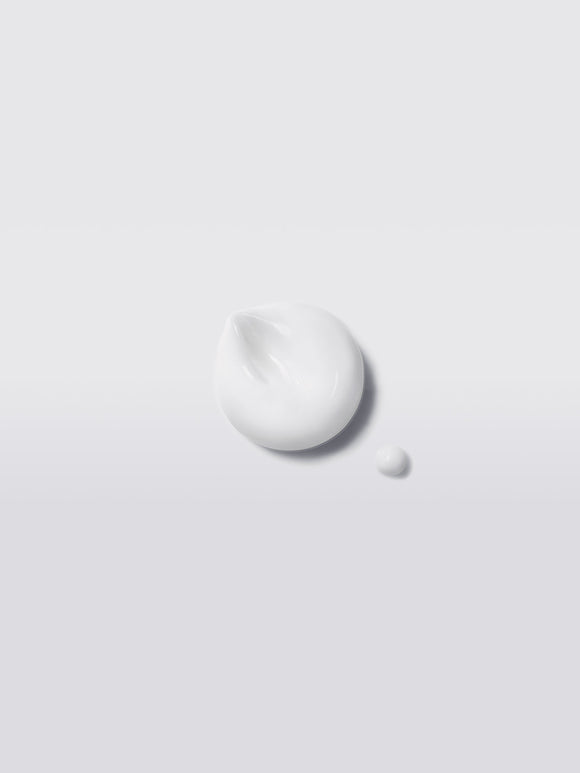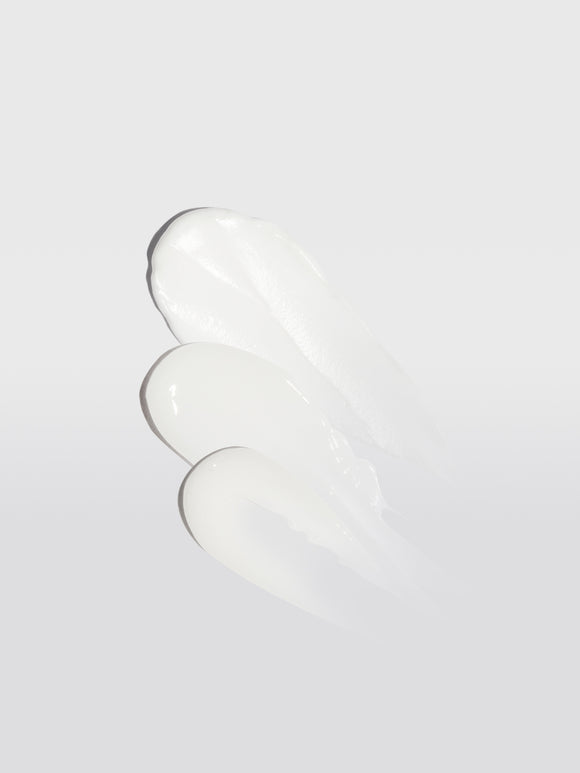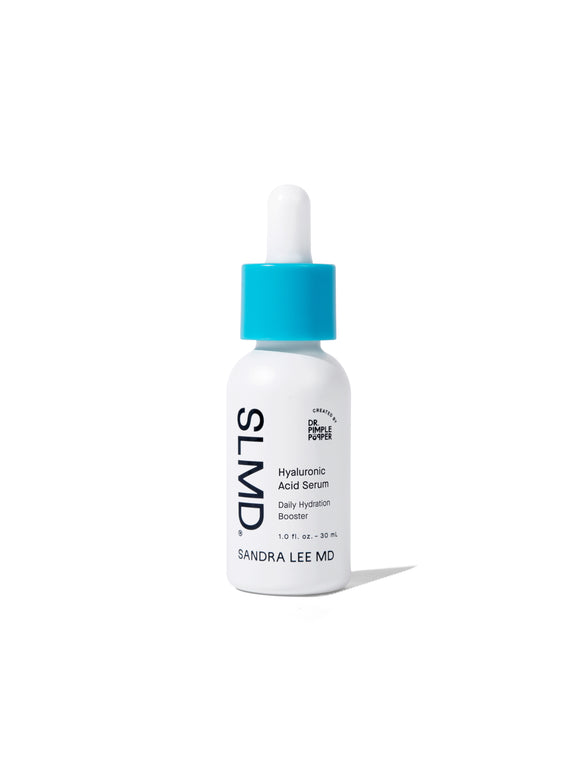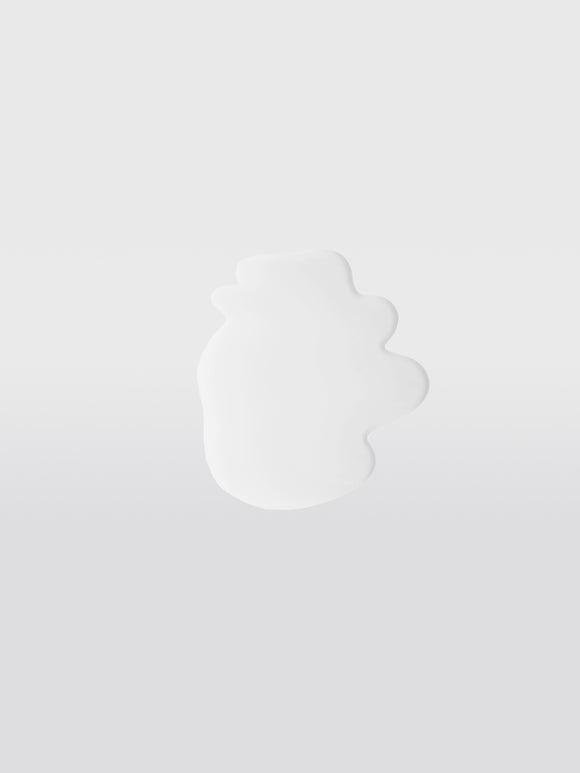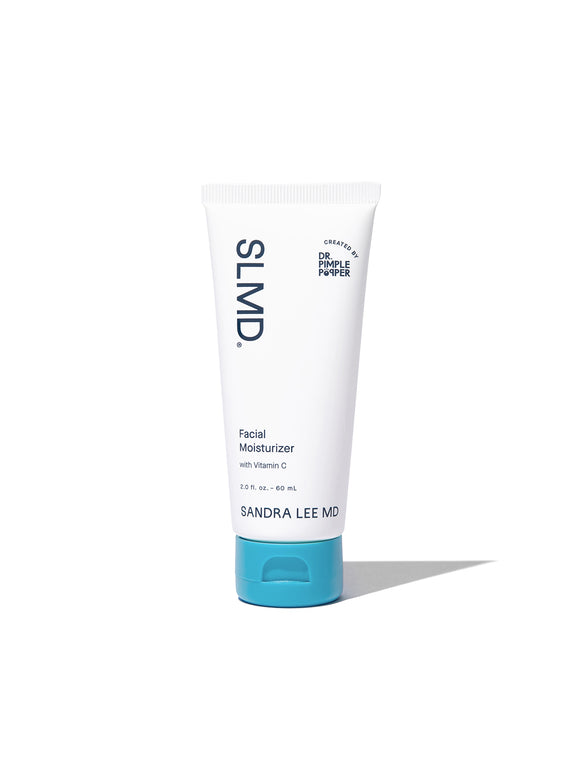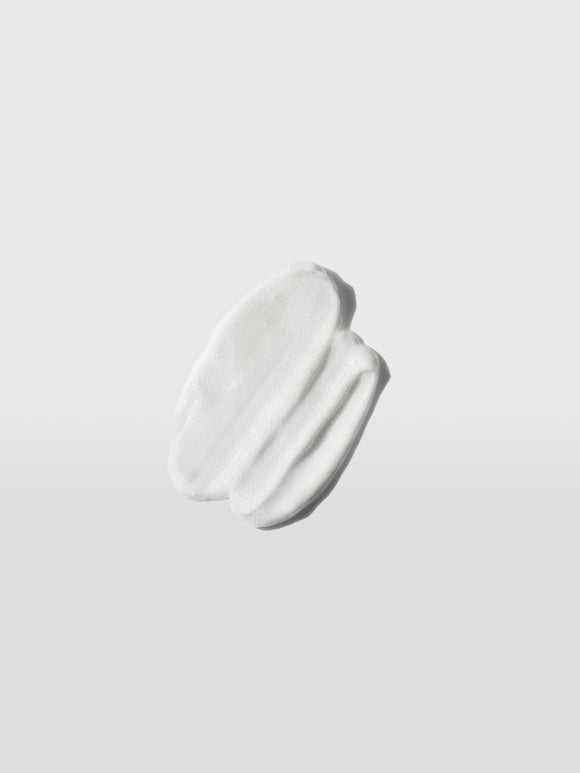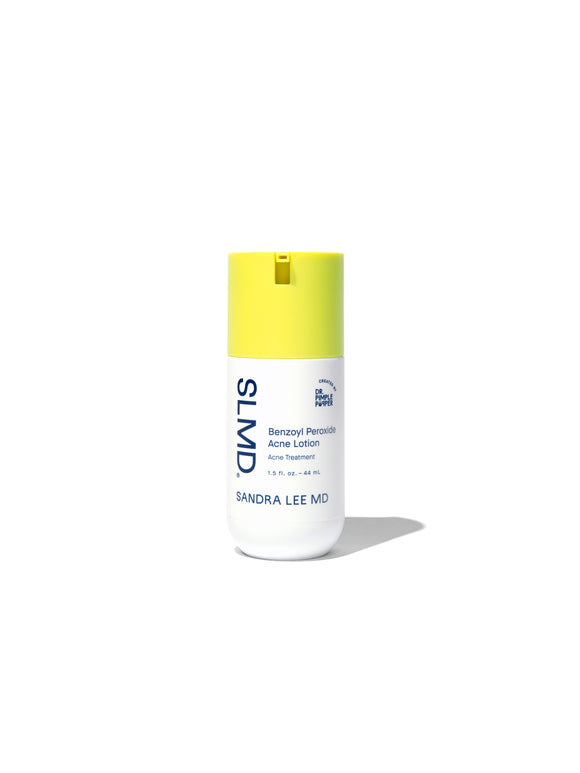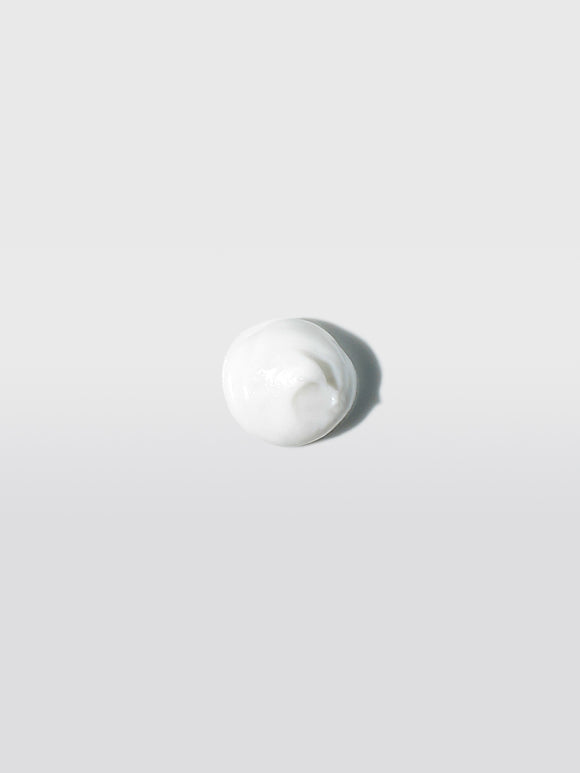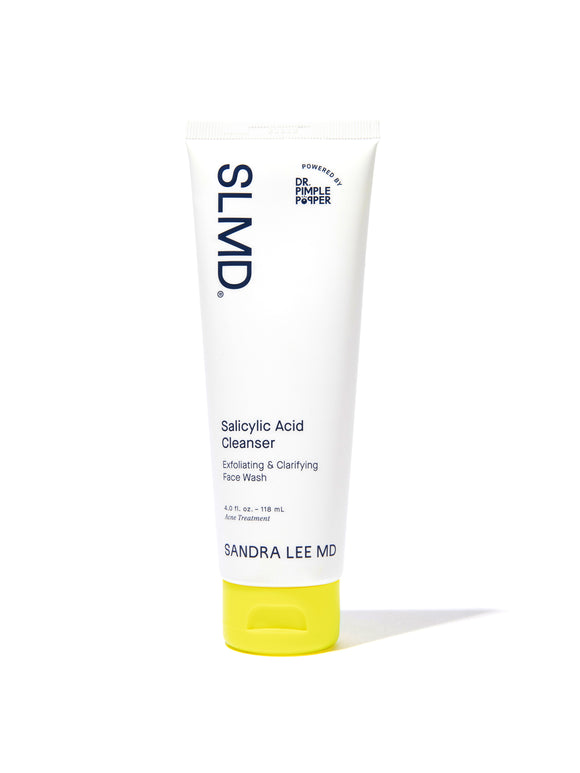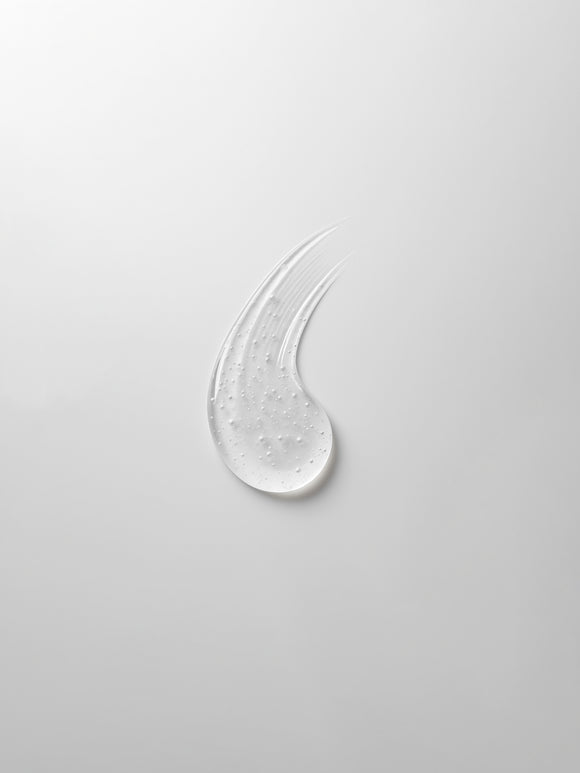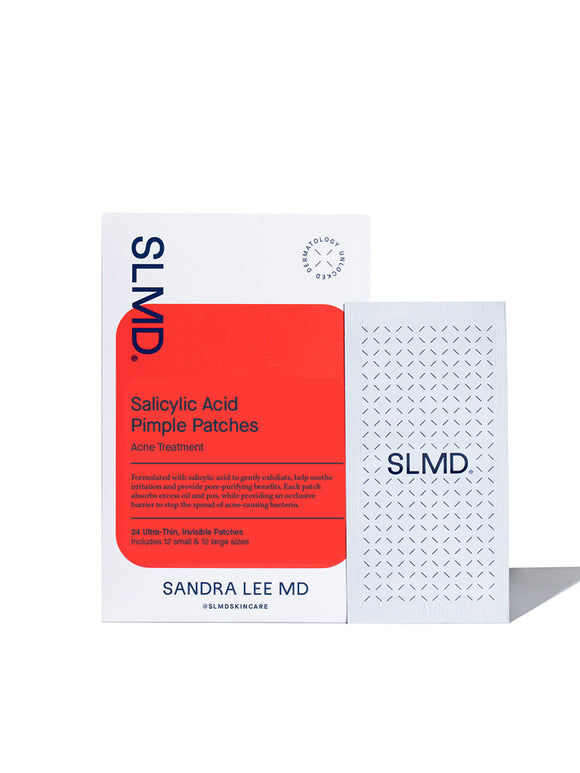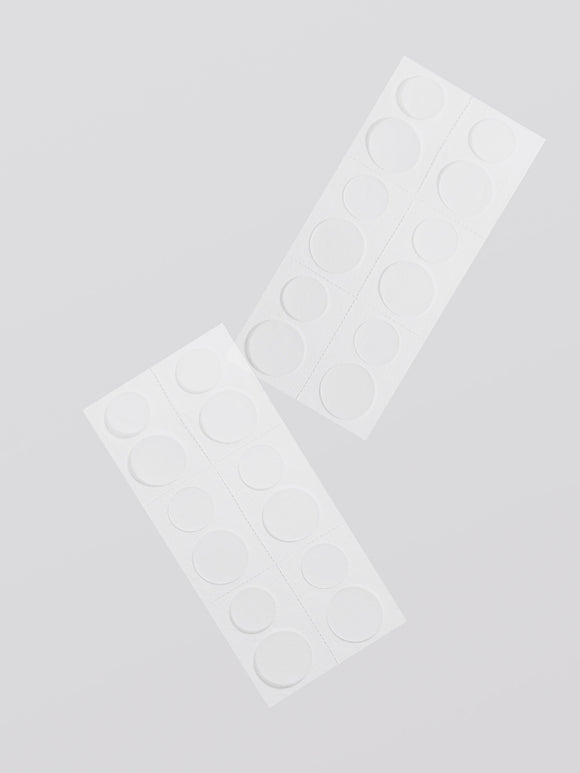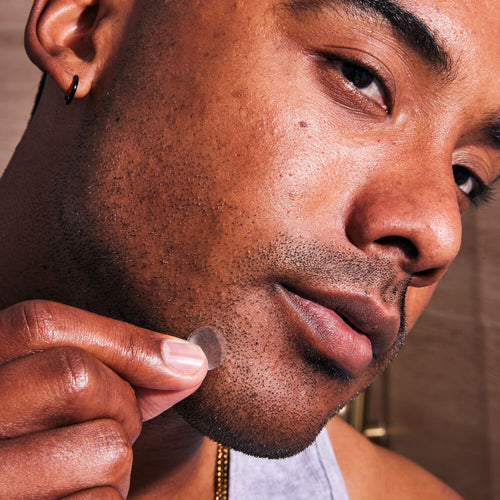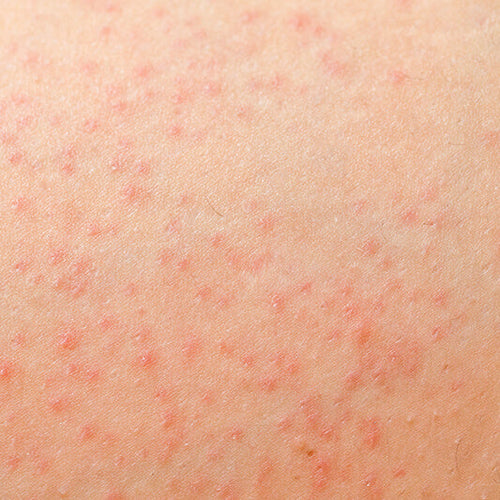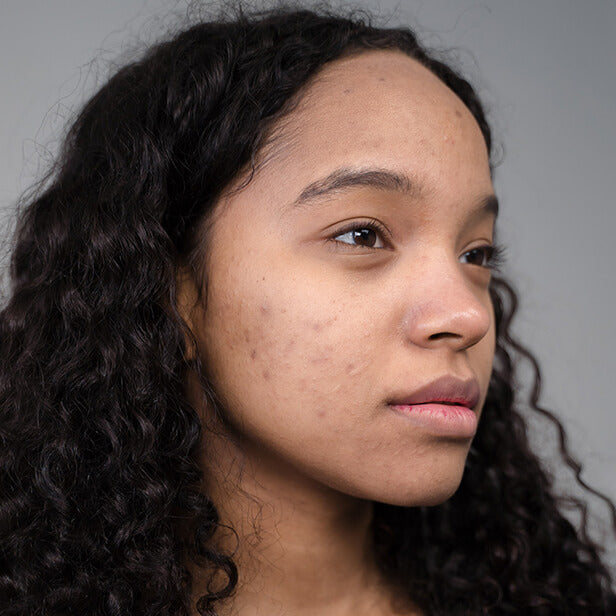
Skin Purging vs. Breaking Out: How to Tell the Difference
It's not your imagination: sometimes, breakouts get worse before they get better. Here's what to do.
Published:
3 minute read
If you’ve hit a speed bump in your new acne routine, you’re not alone. Sometimes, breakouts get worse before they get better. This phenomenon, known as skin purging, can be frustrating, but the good news is that it’s temporary. Understanding the difference between skin purging and breaking out is key to managing your skincare routine effectively.
Article Quick Links
What is skin purging?
Skin purging, though not a scientific term, is widely recognized in dermatology. Sometimes referred to as “acne flaring,” purging happens when a skincare ingredient accelerates natural desquamation — the skin cycle.
The skin cycle
A skin cell is created deep in the epidermis. It moves through five layers to the surface, becoming part of the stratum corneum. This process typically takes about 28 days in young adults but increases with age. When the skin cycle is sped up by certain ingredients, developing acne surfaces faster, resulting in purging.
Ingredients that can cause skin purging
Any skincare ingredient that increases cell turnover or promotes exfoliation can lead to skin purging. This includes:
- Retinol: a powerful antioxidant derived from vitamin A that speeds up cell turnover.
- Alpha and beta hydroxy acids: exfoliants that weaken bonds between dead skin cells, causing them to shed sooner.
How to spot the difference between purging and breaking out
It can be challenging to determine the difference between purging and breaking out because the end result is virtually the same: more pimples. However, it is possible to do a little detective work — here’s what to look for:
- Timing: purging typically begins a couple of weeks into a new skincare routine and can last a month or more. If breakouts don’t clear up after about six weeks, it’s likely your acne is caused by something else.
- Location: purging usually occurs in areas where you already experience breakouts. New breakouts in different areas might indicate a reaction.
- Ingredients: purging happens after using active ingredients like retinol and exfoliating acids. If your new skincare doesn’t contain those ingredients, you’re probably having a breakout or allergic reaction and not a purge.
Dr. Pimple Popper's Skin Purging Picks
Dr. Pimple Popper’s skin purging do’s and don’ts
- DO stick to your routine: Follow your skincare routine for at least 4-6 weeks to allow your skin to complete a full cycle and adjust to new ingredients. If you’re using a regimen like the SLMD Acne System that includes Retinol Resurfacing Serum, it can take up to three months to see results.
- DO take it slow: If you experience irritation from retinol, reduce usage frequency and gradually increase it again. Try "sandwiching" your retinol with SLMD Hyaluronic Acid Serum to soothe and hydrate skin.
- DO use spot treatments: Utilize products like SLMD SA Acne Spot Treatment and Salicylic Acid Pimple Patches, which contain beta hydroxy acid, and BP Acne Spot Treatment with benzoyl peroxide to target inflammatory pimples.
- DO hydrate: Use a gentle, hydrating moisturizer to help soothe irritation and support the skin barrier.
- DO protect from sun: Always wear sunscreen, especially when using retinoids or exfoliating acids, to prevent further irritation and damage. Try: SLMD Daily Moisturizer with SPF15.
- DON’T quit early: Avoid stopping your skincare routine prematurely, as it can take time for your skin to adjust and show results.
- DON’T over-exfoliate: Resist the urge to use multiple exfoliating products simultaneously, which can exacerbate irritation.
- DON’T pick or squeeze acne: Picking or squeezing can increase the length of the skin purge and may lead to scarring.
Skin problems often confused with purging
While skin purging and breaking out are common concerns, other conditions might be mistaken for them:
- Allergic reactions: redness, itching, and swelling in response to a product. If symptoms persist, discontinue use and consult a dermatologist.
- Rosacea: chronic redness and acne-like symptoms often triggered by certain foods, alcohol, and temperature changes.
- Contact dermatitis: skin inflammation caused by direct contact with an irritant or allergen. Symptoms include redness, itching, and blisters.

Dr. Lee's Last Word
A lot of patients ask me about skin purging, particularly when they start using retinol or prescription retinoids. Acne flares from these vitamin A derivatives or from exfoliants like glycolic acid (or even salicylic acid) are not uncommon in the first several weeks of treatment, as your skin is pushing all of that trapped oil and dead cells to the surface. Essentially, you’re just speeding up the life cycle of any existing pimples that were developing when you began the regimen. We almost always see improvement after six weeks or so, but if not, it’s time to re-evaluate whether the product is working for you.




